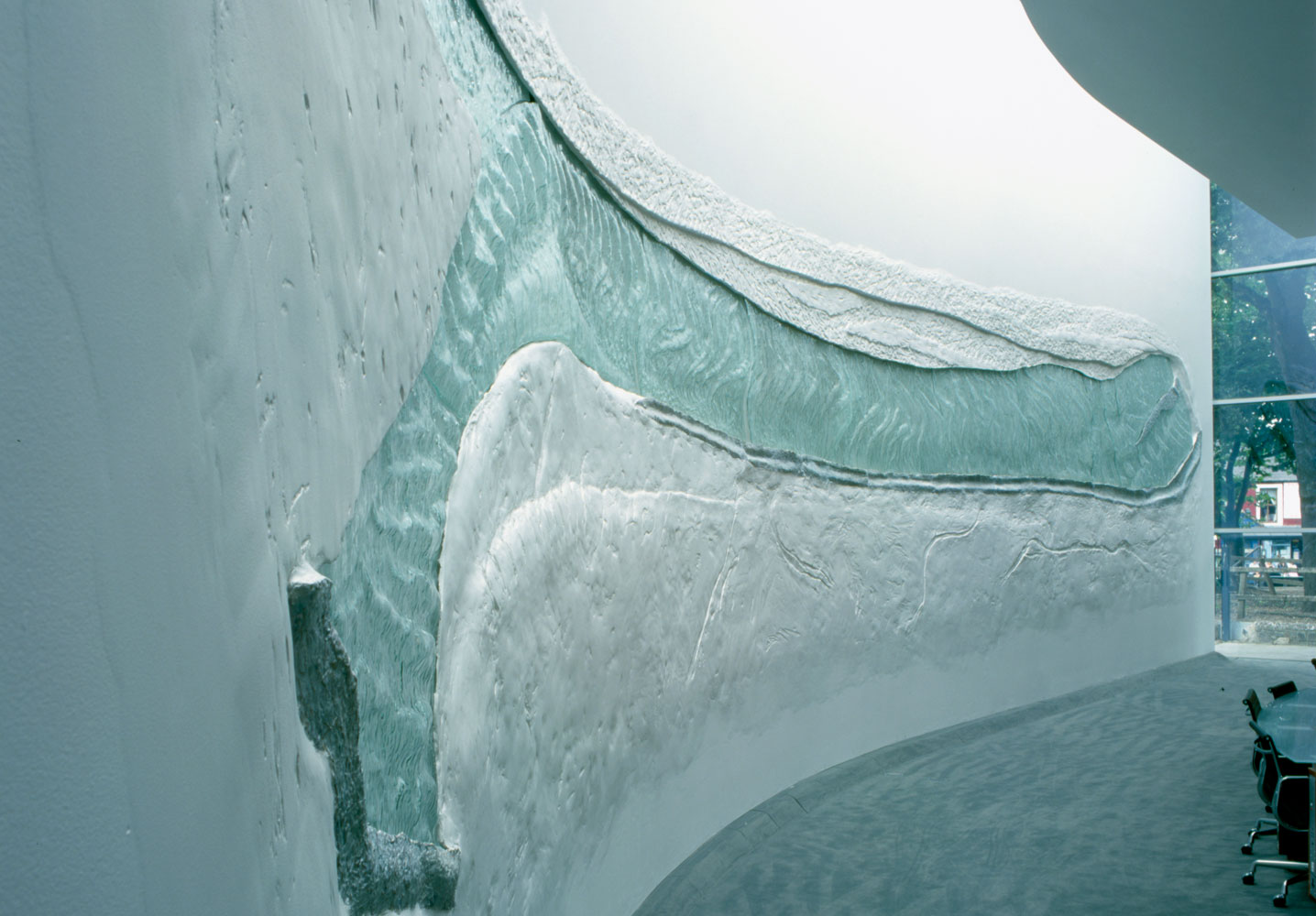At a time when men dominated the profession, Mildred Anne Butler achieved parity as an artist with her distinguished male contemporaries, writes Tom Duffy


Mildred Butler was born in Kilmurry House, Thomastown, Co Kilkenny on 11 January 1858. She was a member of the landed gentry and her family had had an association with the army for generations. Her father, Captain Henry Butler, was the grandson of Edmund Butler, 11th Viscount Mountgarret. He was a talented amateur artist and illustrated one of his own publications about his time stationed in South Africa.
Drawing and watercolour painting were leisure activities associated with upper-class society in the 18th and 19th centuries and women often received instruction in them as part of their home education. While Butler’s work from her teenage years displays little of the quality of her mature work – being described as ‘juvenile in style’ – Captain Butler supported his daughter’s interest in art and employed the services of Paul Naftel (1817–1891), a successful English watercolour painter and teacher. Naftel visited Ireland on several occasions. On one of his trips in the late 1870s, he was introduced to Butler and, over the next few years, instructed her in drawing and watercolour. Butler visited Naftel in his London studio, although much of the instruction took place through correspondence. Butler regularly sent over portfolios of work to her teacher in London, which Naftel critiqued with written comments.
To read this article in full, subscribe or buy this edition of the Irish Arts Review


Liam Belton recalls the protests in the National College of Art between 1967 and 1971 that led to the formation of an autonomous board to oversee the running of the college. These developments, along with other major events of the period, are encapsulated in his artwork Homage to Paint and Protest

Themes of the natural world and climate chaos lie at the heart of Caoimhín Gaffney’s exhibition, writes Eamonn Maxwell

Vivienne Roche’s approach is formally beautiful and seemingly straightforward in its address, but opens onto profound and unsettling ideas about time, loss and persistence, writes Sarah Kelleher